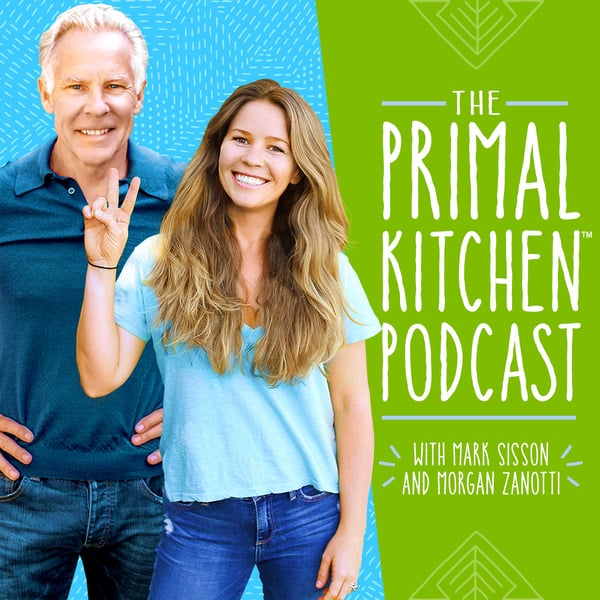The Language of Microbial Culture: Explaining Prebiotics, Probiotics, Synbiotics and Postbiotics
The Primal Kitchen Podcast
Mark Sisson & Morgan Zanotti
4.4 • 717 Ratings
🗓️ 2 May 2017
⏱️ 12 minutes
🧾️ Download transcript
Summary
The microbiota is familiar territory to most Primal types, but with time and research, we come to understand the nuances of the terrain a little better. New terms pop up. Novel discoveries grab our attention. Promising connections become apparent. It feels like a good day to go over a bit of the latest—to provide a little refresher for those who’ve joined us recently and most of all to offer some additional perspective on what we’re learning as studies branch into new depths.
(This Mark's Daily Apple article was written by Mark Sisson, and is narrated by Tina Leaman)
Transcript
Click on a timestamp to play from that location
| 0:00.0 | The following Mark's Daily Apple article was written by Mark Sisson, and is narrated by Tina Lehman. |
| 0:17.0 | The language of microbial culture, explaining prebiotics, probiotics, symbiotics, and postbiotics. |
| 0:25.4 | It's no secret that it's one of my favorite subjects, the burgeoning field of human gastrointestinal microbiology. |
| 0:33.6 | I know, it's easy to get caught up in the comparative excitement of it all. |
| 0:38.3 | The microbiotia is familiar territory to most primal types, but with time and research, we come to understand the nuances of the terrain a little better. |
| 0:47.8 | New terms pop up. Novel discoveries grab our intention. Promising connections become apparent. |
| 0:58.0 | It feels like a good day to go over a bit of the latest, to provide a little refresher for those who have joined us recently, and most of all to offer some additional perspective on what we're learning as studies branch into new depths. |
| 1:08.0 | The four terms. Number one, probiotics. |
| 1:12.9 | Okay, most of you don't need a refresh on this one, but for many, probiotics is simply a buzzword |
| 1:18.4 | for something they vaguely remember as healthy, for some hazy, complicated reason. |
| 1:24.3 | For those lost souls, here's the quick and dirty. |
| 1:34.3 | The average human gut contains between 1,000 and 1,150 different species of bacteria and yeast, with the total population count numbering in the trillions, that for the most part are |
| 1:39.3 | either harmless or contributing valuable functions to your body and mind. |
| 1:49.7 | Competition for prime gut real estate encourages a healthy antipathogenic intestinal tract and sound immune function throughout. |
| 1:52.8 | Essentially, it's like an old-growth forest ecosystem, |
| 1:56.1 | whereby the natural competition of both indigenous plant and animal species |
| 2:00.4 | works together to maintain a state of healthy equilibrium for the forest biome as a whole, preventing colonization by exotic, aka pathogenic species. |
| 2:10.6 | Some of the functions that play out include secretion of antimicrobial proteins that protect against pathogenic bacteria, maintaining |
| 2:18.8 | and restoring intestinal homeostasis, interaction with our inbuilt immune receptors, |
| 2:24.8 | and metabolizing indigestible compounds and extracting nutrients from the foods we eat. |
| 2:30.8 | Modern science has thus far managed to create artificial cultures of around 40% of these beneficial gut bacterial strains. |
| 2:39.0 | These cultures are essentially what we know to be probiotics, |
... |
Please login to see the full transcript.
Disclaimer: The podcast and artwork embedded on this page are from Mark Sisson & Morgan Zanotti, and are the property of its owner and not affiliated with or endorsed by Tapesearch.
Generated transcripts are the property of Mark Sisson & Morgan Zanotti and are distributed freely under the Fair Use doctrine. Transcripts generated by Tapesearch are not guaranteed to be accurate.
Copyright © Tapesearch 2025.

